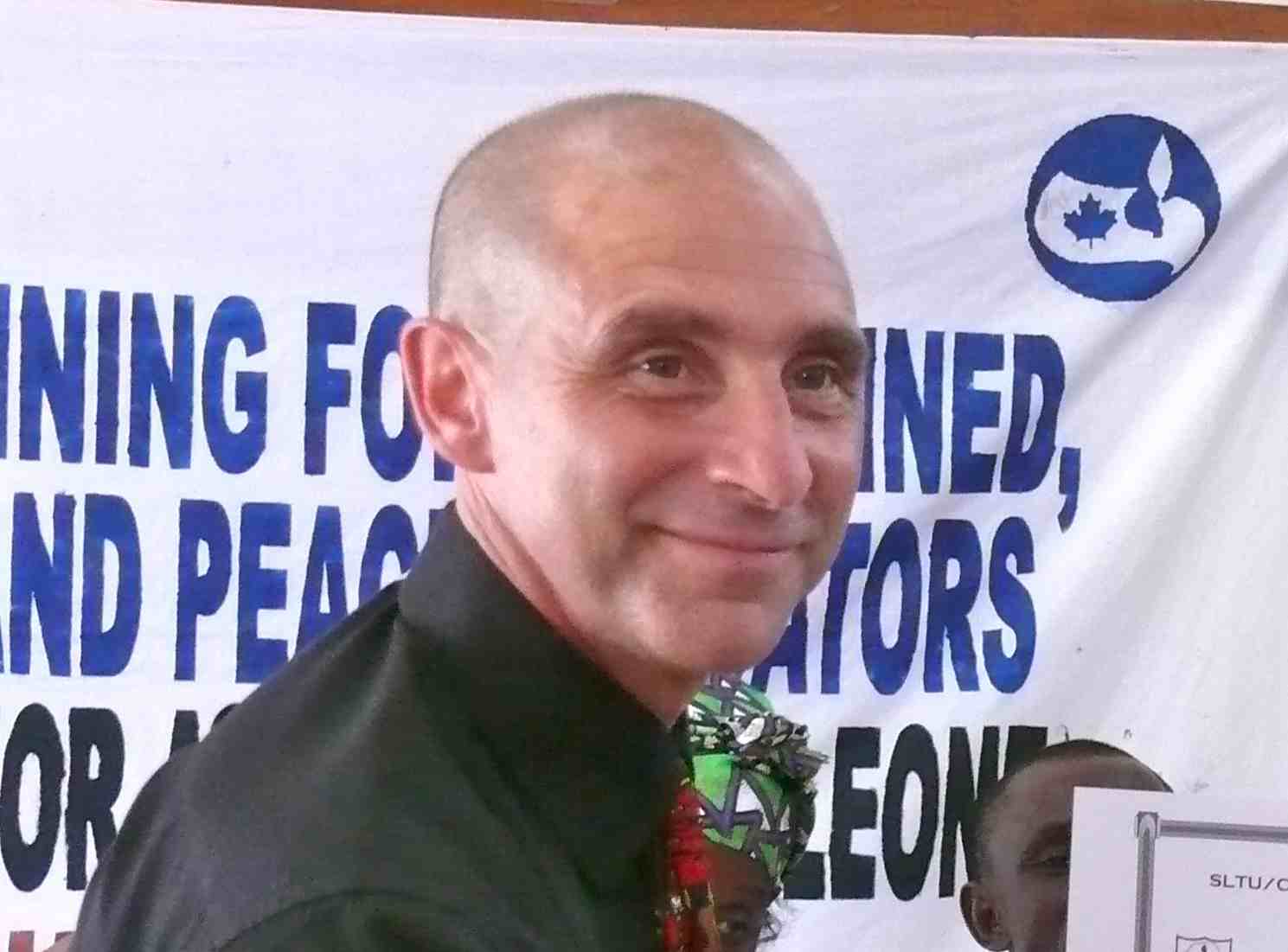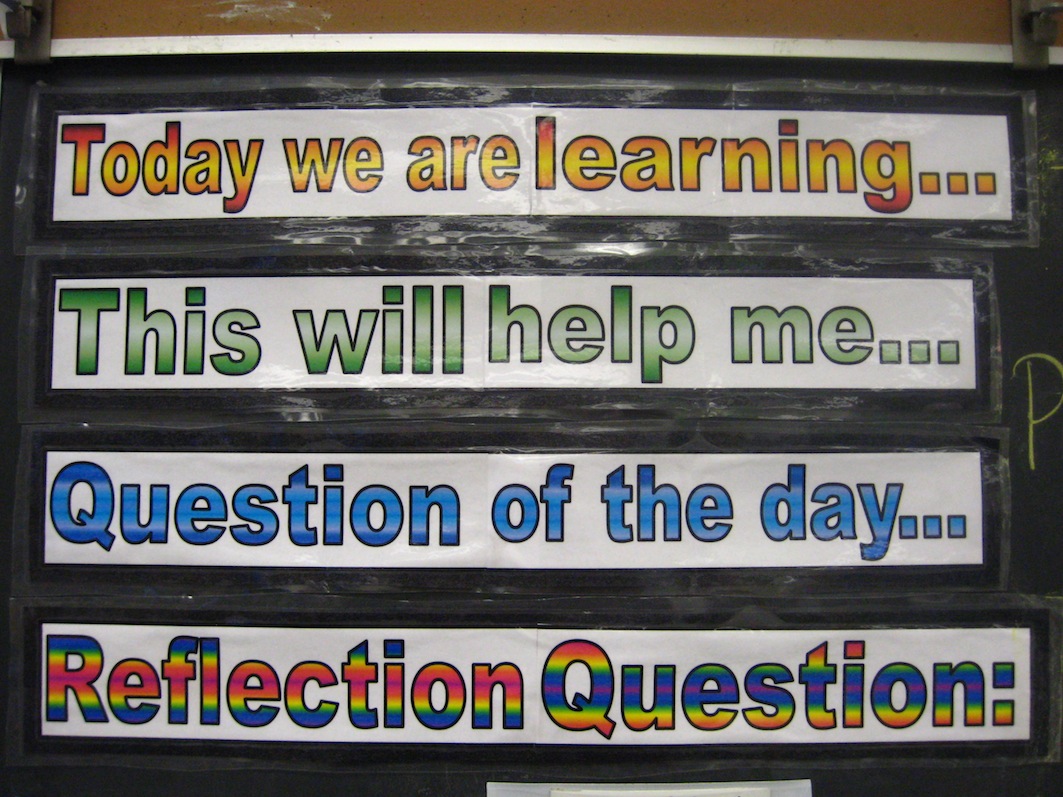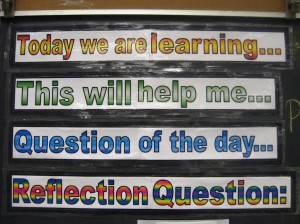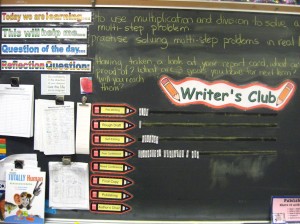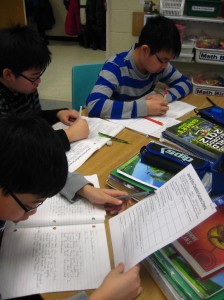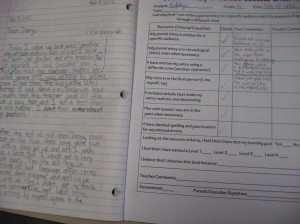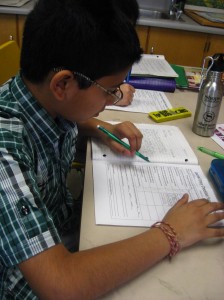New Year’s Resolutions are a time-tested tradition in which individuals make personal commitments to improve in some aspect of their life. I have used this activity in my classroom for over two decades and find it to be a wonderful, fun tool in helping both myself and my students set goals on how to make the most of their academic year.First and foremost I model this activity for my students by reflecting on my first four months of the school year. I determine what went well and what do I need to do to further enhance the success of my students. I set personal resolutions in the following areas:
- Continue – what practices are going very well and should continue in the new year
- Improve – what practices have not went as well as expected and what do I need to do to improve that area of my teaching
- Experiment – what new area or tool would I like to start to experiment with in my day-to-day practice
This year my resolutions are going to be to continue with the use of technology as an alternative option for demonstrations of learning. I will improve in my area to both understand and apply the concept of sensory accommodations in the room (especially around noise). I will start to experiment with social media and how it can become an option for my classroom pedagogy.
For my students it starts with a discussion around New Year’s Resolutions and how it is a part of their life. Most often they talk about how the adults in their life make resolutions around quitting smoking, losing weight or exercising more. The conversation shifts to what the purpose of a resolution is and why people make them. I pose the following question, ‘Should only adults make New Year’s Resolutions?’. Of course their answer is always no. That leads us to talking about the types of resolutions that children might make. It always generates a very rich discussion about how we are individuals with different strengths, different needs and different lifestyles. That focus in itself is a key vehicle in which our group comes to understand and accept the uniqueness of each other.
The final product that is used by my students is a graphic organizer that will focus on four different areas of their life. The first is personal health. What do they need to do in order to be healthier (exercise more, less screen time, eat healthier)? The second focus is on happiness. What will they do in order to be happier in their life? The third area is academics. What do they need to spend more time on in order to be successful? The final component will be on friendships. How will they be a better friend or seek out more friendships? For the month of January we review these resolutions every Friday. After that we look at them every 2-3 weeks and finally in our year-end celebration we examine how successful we have been in reaching our resolutions. Over time I have had the students put them in a time capsule that is opened up much later in the year as well as having them take it home and share with family or a close friend. Whatever way they are used, it is an enjoyable way to start the new calendar year off.


